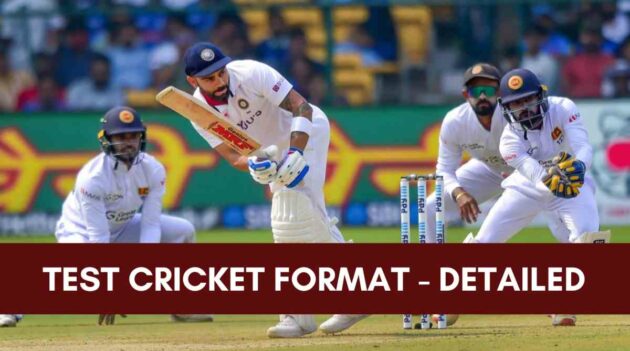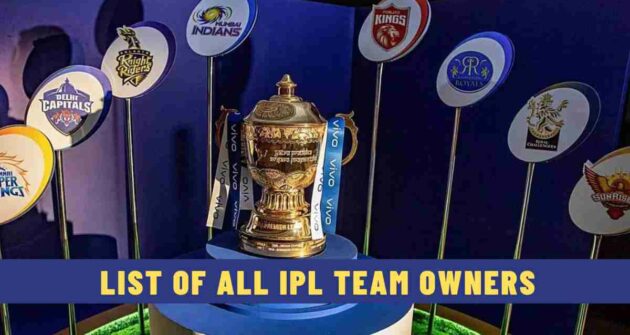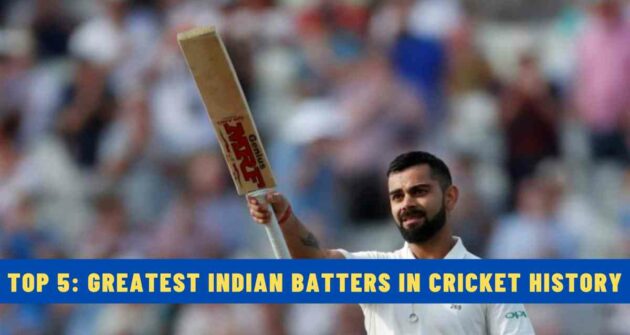Following our previous article on the 50-overs format, here we are with the oldest format, Test cricket. Many even consider the Tests, the purest format of the game.
As the name suggests, the format tests a player to another level. Not just physically, but mentally as well. Playing in this format is the ultimate test of a player’s skills, endurance, and temperament.
Test matches are played between 2 teams of 11 players each. Both teams get a chance to bat in two innings each.
Nowadays, a Test match is played over five days. A single day of the match is divided into 3 sessions — first session, second session, and third session.
Table of Contents
Session and Over Rules
Each session lasts for around 30 overs, with a lunch or dinner break between the first and second sessions and a tea break between the second and third sessions.
A day’s play lasts for a minimum of 90 overs or until the completion of the scheduled time, i.e., six hours. If the minimum overs are not bowled within the scheduled time, then the umpires can extend the play by 30 minutes.
However, on the last day, a minimum of 75 overs need to be bowled before the final hour of the match kicks in. If both captains think that no side has a chance of victory, then they may decide to end the match when they reach the final hour or a minimum of 15 overs are to be bowled.
The bowling teams are required to maintain a minimum over rate, which is bowling 15 overs per hour. If the teams fail to adhere to the minimum over rate by even an over, the match referee will impose a fine on the whole team.
Declaration, Follow-on, and Forfeiture
The batting team’s captain can declare their innings closed once the ball becomes dead. While a captain can forfeit either of their innings before the start of their innings.
If the team batting first leads by a minimum of 200 runs, then they can impose a follow-on on the other team.
Possible Results
A Test match can produce a win, a loss, a draw, and a tie. The team that scores more runs than the opposition stands to win the match.
The match might end in a draw if all four innings of the match are not completed. And the match result might be a tie if all four innings have been completed and the scores are equal.
Major Tournaments in Test Cricket
Apart from the bilateral Test series, the format has only one global tournament — the World Test Championship (WTC).
Started in 2019, WTC features 9 Test-playing nations, playing 6 Test series each over a 2-year cycle. The top 2 teams at the end of the cycle battle it out in the WTC Final to claim the coveted Test mace.
Read Next | The Basic Cricketing Terms Explained











